I use the MVC programming model. I am running into a problem using Unity's hierarchy inspector. Say I have a Controller script: C_CardDrag. Now, because this drags a UI item thats nested several layers deep, it won't be readily apparenty that this C_CardDrag script is attached to an icon within in the card, and NOT the root object. You see what I mean in the image below (the blue highlight is where the C_Drag needs to be attached, NOT the top level object, otherwise the whole thing gets dragged when I only want the icon in the middle dragged).

I feel that it can be VERY confusing to design and name classes when they need to appear on nested objects.
Do you have any design practices I can follow to make script names clearer to where they are attached?
For example say I have a Tree object, and it has several brances. And lets say I have a C_Tree script, and a C_Branch script. How would you handle making it clear that C_Tree goes on a Tree, a TOP level object, where as C_Branch goes on a nested UI object?
Update:
Found a good resource here: Component based game engine design

